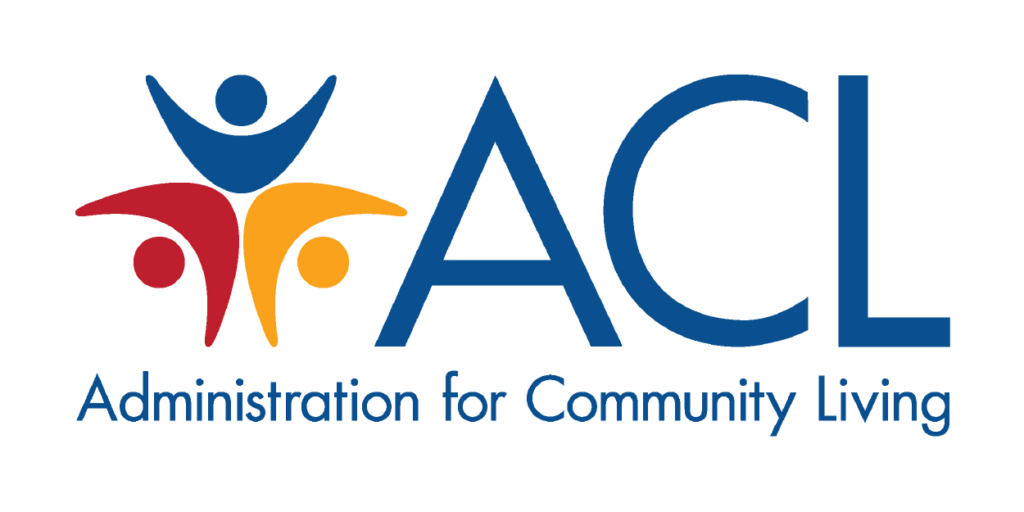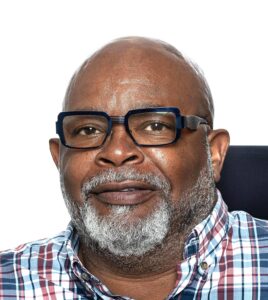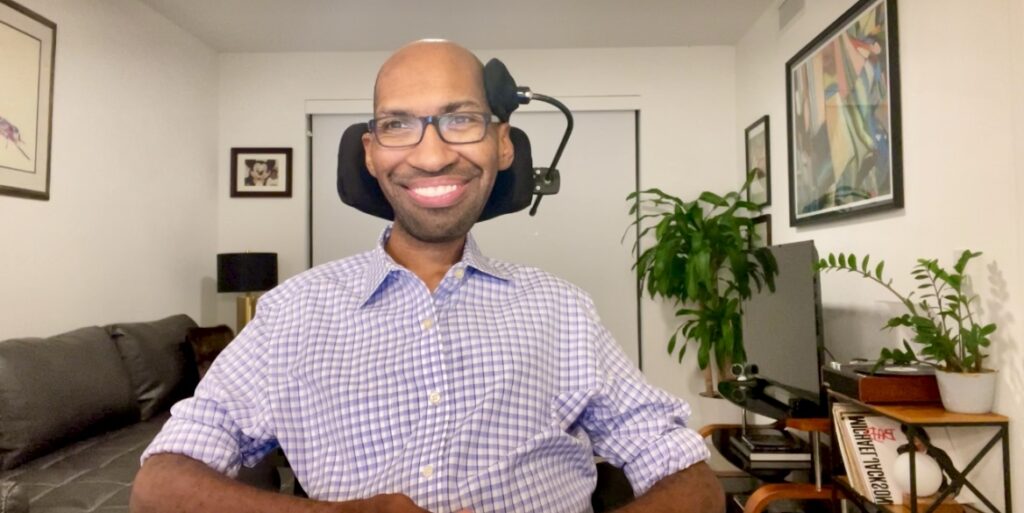
Understanding the Threats to the ACL – and What It Means for You
By Mindy Henderson and Shannon Wood | Tuesday, May 20, 2025
In late March, the U.S. Department of Health and Human Services (HHS) announced a ‘dramatic restructuring’ of the Department, including reorganization of the Administration for Community Living (ACL), an agency that supports people with disabilities and their right to live independently in the community. In the press release of the announcement, it was indicated that critical programs would be integrated into the Administration for Children and Families (AF), ASPE, or CMS, although details or plans have not been disclosed. This restructuring follows massive cuts in early April, when half of ACL’s staff was terminated.
Both members of the neuromuscular community and their caregivers frequently engage with ACL and its programs, including nutrition programs like Meals on Wheels, independent living supports, and transition services.
Amid the uncertainty, Quest Media sat down with Theo Braddy, Executive Director of the National Council on Independent Living (NCIL), to unpack what ACL does and what these proposed changes may mean for individuals affected by neuromuscular conditions and other disabilities.
What is the ACL?

Theo Braddy, Executive Director of the National Council on Independent Living (NCIL)
The Administration for Community Living (ACL) is a federal agency within the U.S. Department of Health and Human Services (HHS) that is dedicated to enhancing access to community supports for older adults and people with disabilities. Established in 2012, ACL’s mission is to maximize the independence, well-being, and health of individuals with disabilities across all ages, ensuring they have the necessary support to live independently in their communities.
What are the specific services the ACL provides?
ACL provides a wide range of services designed to support individuals with disabilities and older adults, including, but not limited to:
- Independent Living Services: Funding and support for Centers for Independent Living (CILs) across the country.
- Aging and Disability Resource Centers (ADRCs): One-stop shops for information on community-based supports.
- Protection and Advocacy Systems: Legal support and advocacy for individuals with disabilities facing discrimination or rights violations.
- National Family Caregiver Support Programs: Assistance and support for family caregivers.
- Traumatic Brain Injury (TBI) Programs: Services for individuals with TBI and their families.
- Long-Term Care Ombudsman Programs: Advocacy for residents in long-term care facilities.
Under the proposed changes, some programs and services will be moved or eliminated.
Prior to the creation of the ACL, how were these services organized and made available to the disability community?
Before the creation of the ACL, services for older adults and people with disabilities were fragmented across various federal agencies, including the Administration on Aging (AoA), the Office on Disability, and other divisions within HHS and/or other federal departments. This led to inconsistent service delivery and created barriers for individuals trying to access the supports they needed. Often, older adults and people with disabilities were left to figure things out themselves. It created a maze of confusion for people with diverse disabilities and older adults.
What, if any, misconceptions exist about the work the ACL does and the services it provides?
One common misconception about ACL is that it only serves older adults. In reality, ACL provides a wide range of services for people with disabilities of all ages, including youth and working-age adults. Another misconception is that ACL’s services are only focused on healthcare. However, ACL’s core mission is centered around promoting independent living and community integration, which goes beyond traditional healthcare to include advocacy, legal rights, workforce support, and more.
There are currently proposals being discussed in Congress around either cutting funding or making other organizational changes to the ACL. Can you tell us more about the changes that are being proposed?
The proposed changes call for ACL to be dissolved. Its programs will be redistributed among other HHS agencies, including the Administration for Children and Families (ACF), the Centers for Medicare & Medicaid Services (CMS), and the Office of the Assistant Secretary for Planning and Evaluation (ASPE).
Several programs under the ACL are proposed for elimination, totaling approximately $326 million in cuts. These include:
-
-
- Preventive Health Services
- Elder Falls Prevention
- Lifespan Respite Care
- Long-Term Care Ombudsman
- Chronic Disease Self-Management Education
- Elder Rights Support Activities
- Elder Justice/Adult Protective Services
- Aging & Disability Resource Centers
- State Health Insurance Assistance Programs
- State Councils on Developmental Disabilities
- Developmental Disabilities Protection and Advocacy
- Developmental Disabilities Projects of National Significance
- Paralysis Resource Center
- Limb Loss Resource Center
- Voting Access for People with Disabilities.
-
How would the changes described above affect the disability community and caregivers who support the disability community?
Some implications concern the disability community of dismantling the ACL and eliminating its programs. It could significantly impact older adults and people with disabilities. Services such as Meals on Wheels, senior centers, and independent living support may be reduced or lost, affecting millions who rely on them for daily assistance and community engagement.
NCIL strongly opposes any funding cuts to the ACL, which directly impact the ability of Centers for Independent Living to provide vital services and other programs and services essential to living well for older adults.
Consolidation of ACL programs into other HHS divisions risks diluting the focus on independent living and disability rights.
Protecting ACL means protecting the right of individuals with disabilities to live independently in their communities and the many other programs and services offered by disability-led organizations and community agencies.
Do we know the timeline for these changes?
At this time, the timeline for any proposed changes to ACL is not certain. Congressional discussions are ongoing, and any changes would need to go through the standard legislative process, including committee review, potential amendments, and approval by both the House and Senate, followed by the President’s signature. However, stakeholders in the disability community should remain vigilant and engaged in advocacy efforts to protect critical services.
Ways to get involved:
NCIL encourages advocates to contact their Congressional representatives and voice their support for protecting ACL funding and services. Go here for NCIL’s Call to Action.
Urge your member of Congress to protect the Administration for Community Living. Take action with MDA at: MDA’s Call to Action
Next Steps and Useful Resources
- NCIL encourages advocates to contact their Congressional representatives and voice their support for protecting ACL funding and services. Go here for NCIL’s Call to Action.
- Urge your member of Congress to protect the Administration for Community Living. Take action with MDA at: MDA’s Call to Action
- Add your voice to MDA’s Grassroots Advocacy Network. Sign up at MDA.org/advocacy.
- Join MDA advocacy and help us advocate for many issues that impact the neuromuscular disease community.
- You can visit MDA’s Action Center to obtain a complete list of your federal officials and methods of contacting them.
- Stay up-to-date on Quest content! Subscribe to Quest Magazine and Newsletter.
TAGS: Advocacy Updates, Caregiving, Community, Healthcare, MDA Advocacy, Resources
TYPE: Blog Post
Disclaimer: No content on this site should ever be used as a substitute for direct medical advice from your doctor or other qualified clinician.




